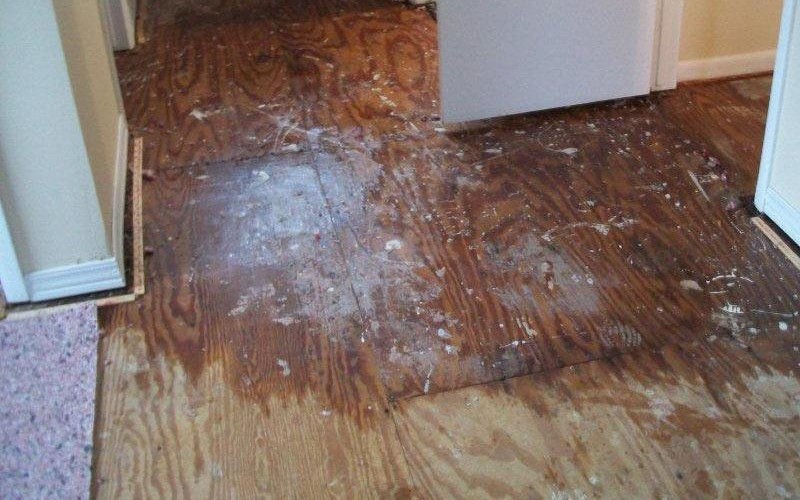Do's & Don'ts of Water Restoration.
Do's & Don'ts of Water Restoration.
Blog Article
We have stumbled upon the article about What You Can Do At Home To Prevent Fire And Water Damage down the page on the internet and thought it made good sense to talk about it with you here.

Water offers life, water intrusion on parts where it's not intended to be can result in damage. Houses with water damage smell mildewy and old.
Water can originate from lots of sources such as hurricanes, floodings, ruptured pipes, leakages, as well as sewage system concerns. In case you experience water damage, it would certainly be excellent to know some security precautions. Here are a few standards on exactly how to handle water damage.
Do Prioritize House Insurance Policy Insurance Coverage
Water damages from flooding because of hefty winds is seasonal. Nonetheless, you can likewise experience an abrupt flooding when a faulty pipe all of a sudden ruptures into your house. It would be best to have home insurance policy that covers both disasters such as all-natural calamities, and emergency situations like damaged plumbing.
Don't Forget to Shut Off Energies
In case of a catastrophe, specifically if you live in a flood-prone location, it would be advisable to switch off the major electrical circuit. This removes power to your entire home, protecting against electric shocks when water can be found in as it is a conductor. Do not neglect to transform off the major water line shutoff. Furnishings will certainly move about and also trigger damages when floodwaters are high. Having the main valve shut off protects against more damages.
Do Stay Proactive and Heed Climate Informs
Tornado floodings can be very unforeseeable. If there is a history of flooding in your community, stay aggressive as well as prepared. Pay attention to evacuation cautions if you live near a river, lake, or creek . Get belongings from the first stage and cellar, then placed them on the highest feasible level. Doing so decreases possible residential or commercial property damages.
Do Not Disregard the Roof
You can avoid rain damages if there are no openings as well as leaks in your roofing. This will prevent water from streaming down your walls and saturating your ceiling.
Do Take Note Of Tiny Leaks
A ruptured pipeline does not happen over night. Normally, there are warnings that suggest you have damaged pipelines in your home. You might discover bubbling paint, peeling wallpaper, water streaks, water discolorations, or dripping noises behind the wall surfaces. Ultimately, this pipeline will burst. Ideally, you should not wait for points to intensify. Have your plumbing repaired before it results in enormous damage.
Do Not Panic in Case of a Ruptured Pipe
Keeping your presence of mind is vital in a time of crisis. Since it will certainly stifle you from acting quick, panicking will only worsen the trouble. When it involves water damage, timing is key. The longer you wait, the even more damages you can expect. Hence, if a pipe bursts in your house, right away turned off your major water shutoff to remove the source. Unplug all electrical outlets in the location or transform off the circuit breaker for that component of the home. Call a reputable water damages reconstruction professional for support.
Water provides life, water invasion on parts where it's not intended to be can result in damages. Houses with water damages scent old as well as mildewy.
Water damages from flood dues to hefty winds is seasonal. You might notice bubbling paint, peeling wallpaper, water streaks, water stains, or leaking noises behind the wall surfaces. When it comes to water damage, timing is crucial.
Some Do's & Don't When Dealing with a Water Damage
DO:
Make sure the water source has been eliminated. Contact a plumber if needed. Turn off circuit breakers supplying electricity to wet areas and unplug any electronics that are on wet carpet or surfaces Remove small furniture items Remove as much excess water as possible by mopping or blotting; Use WHITE towels to blot wet carpeting Wipe water from wooden furniture after removing anything on it Remove and prop up wet upholstery cushions for even drying (check for any bleeding) Pin up curtains or furniture skirts if needed Place aluminum foil, saucers or wood blocks between furniture legs and wet carpet Turn on air conditioning for maximum drying in winter and open windows in the summer Open any drawers and cabinets affected for complete drying but do not force them open Remove any valuable art objects or paintings to a safe, dry place Open any suitcases or luggage that may have been affected to dry, preferably in sunlight Hang any fur or leather goods to dry at room temperature Punch small holes in sagging ceilings to relieve trapped water (don't forget to place pans beneath!); however, if the ceiling is sagging extremely low, stay out of the room and we'll take care of it DO NOT:
Leave wet fabrics in place; dry them as soon as possible Leave books, magazines or any other colored items on wet carpets or floor Use your household vacuum to remove water Use TV's or other electronics/appliances while standing on wet carpets or floors; especially not on wet concrete floors Turn on ceiling fixtures if the ceiling is wet Turn your heat up, unless instructed otherwise

Do you enjoy more info about 5 Home Safety Tips To Reduce The Risk Of Fire And Water Damage? Create a comment down below. We would be glad to find out your reactions about this blog entry. Hoping that you visit us again soon. Enjoyed our write-up? Please share it. Let somebody else check it out. Many thanks for your time. Don't forget to pay a visit to our website back soon.
Report this page